
PUMPA - SMART LEARNING
எங்கள் ஆசிரியர்களுடன் 1-ஆன்-1 ஆலோசனை நேரத்தைப் பெறுங்கள். டாப்பர் ஆவதற்கு நாங்கள் பயிற்சி அளிப்போம்
Book Free DemoPlants that provide us with fibres necessary for our uses are called fibre yielding plants.
The fibre obtained from the plants is spun into a thread, rope or cloth. The fibres obtained from plants are called natural fibres.
Fibre yielding plants are classified according to the uses and the parts of the plant from where the fibre is being obtained.
Types of fibre based on use:
1. Textile fibres- Fibres that are used for making cloth are called textile fibres. Examples include cotton. Cotton is soft, lightweight, and breathable and thus is suitable for the summer season.
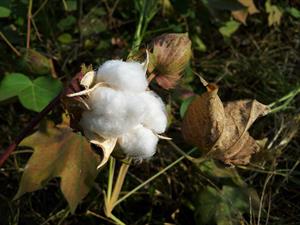
2. Cordage fibres- Fibres that are used for making ropes are called cordage fibres. Examples include coconut fibre.
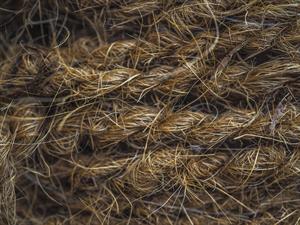
3. Filling fibres - Fibres that are used for making mattresses are called filling fibres. The fibres are added to the mattress to make them soft, cosy and more comfortable. Examples include silk cotton.
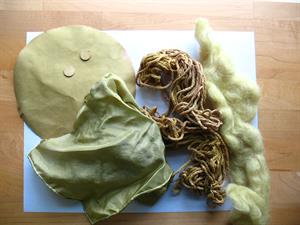
Types of fibre based on the part of the plants:
1. Plant fibres obtained from seed hairs. Examples include cotton.
2. Plant fibres obtained from the stem or bast (phloem - inner bark). The bast fibres usually have higher durability and toughness. 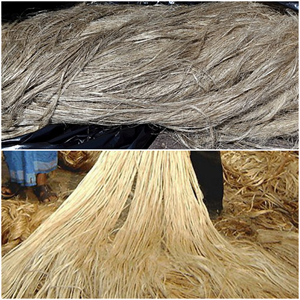
Example:

Flax, jute fibres
Important!
In India, the jute crop is grown in seven states: West Bengal, Assam, Bihar, Odisha, Tripura, Meghalaya, and Uttar Pradesh. In these, West Bengal alone accounts for more than 50 \% of the raw jute production!
3. Plant fibres that are obtained from leaves. Leaf fibres are also used to make non-woven fabrics, paper making, and reinforced composite materials.
Example:

Example:
Agave (sisal) and abaca fibres
4. Plant fibres that are obtained from husks. Examples include coconut fibre, betel nut husk fibre. The husk fibres can be used as housing insulation materials, non-woven fabrics, doormats, floor mats, brushes, and handicrafts.
How are fabric made from these fibres?
The process of making yarn from fibres is referred to as, Spinning.
The fibres from the mass cotton wool or any fibre are drawn out and twisted. That brings the fibres together to form a yarn. People use a hand spinning device to do the spinning process.
In houses, simply a small quantity of cotton fibre is taken. Hold the fibre between the thumb and forefinger. Gently pull the cotton out when continuously twisting the fibres.
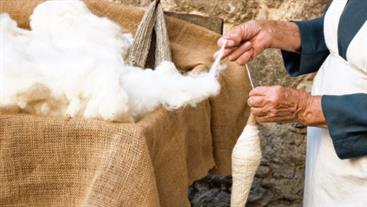
Nowadays, spinning of yarn on a large scale is done with the help of spinning machines. After spinning, yarns are used to produce fabrics.
After the completion of spinning, both weaving and knitting are done to produce fabrics. Click here to know more about weaving and knitting.
Reference:
https://www.flickr.com/photos/vilseskogen/9753565055/
https://upload.wikimedia.org/wikipedia/commons/thumb/3/3d/Flax_fibers_J1.jpg/512px-Flax_fibers_J1.jpg
https://upload.wikimedia.org/wikipedia/commons/5/54/Golden_Fiber_of_The_Jute.jpg
https://www.flickr.com/photos/squaretan/219198252